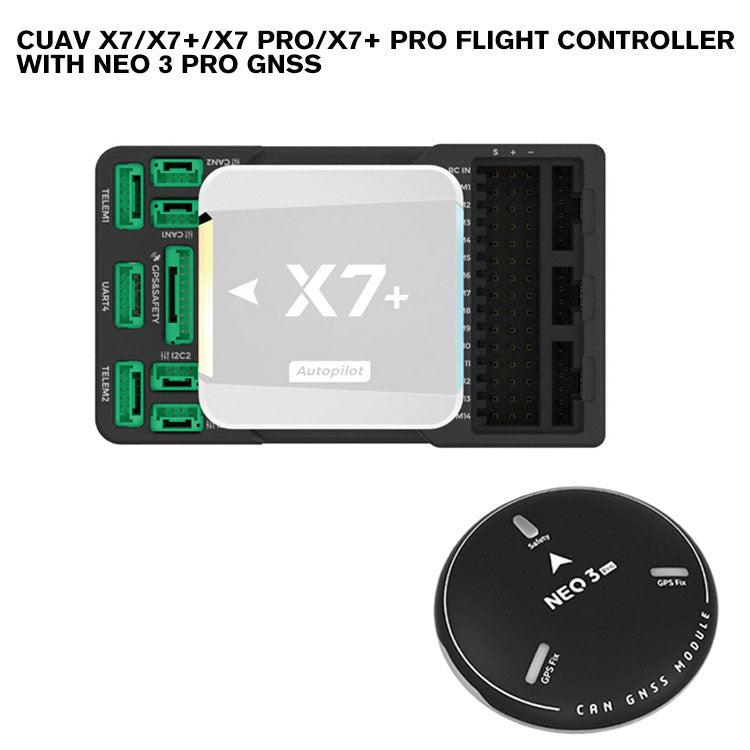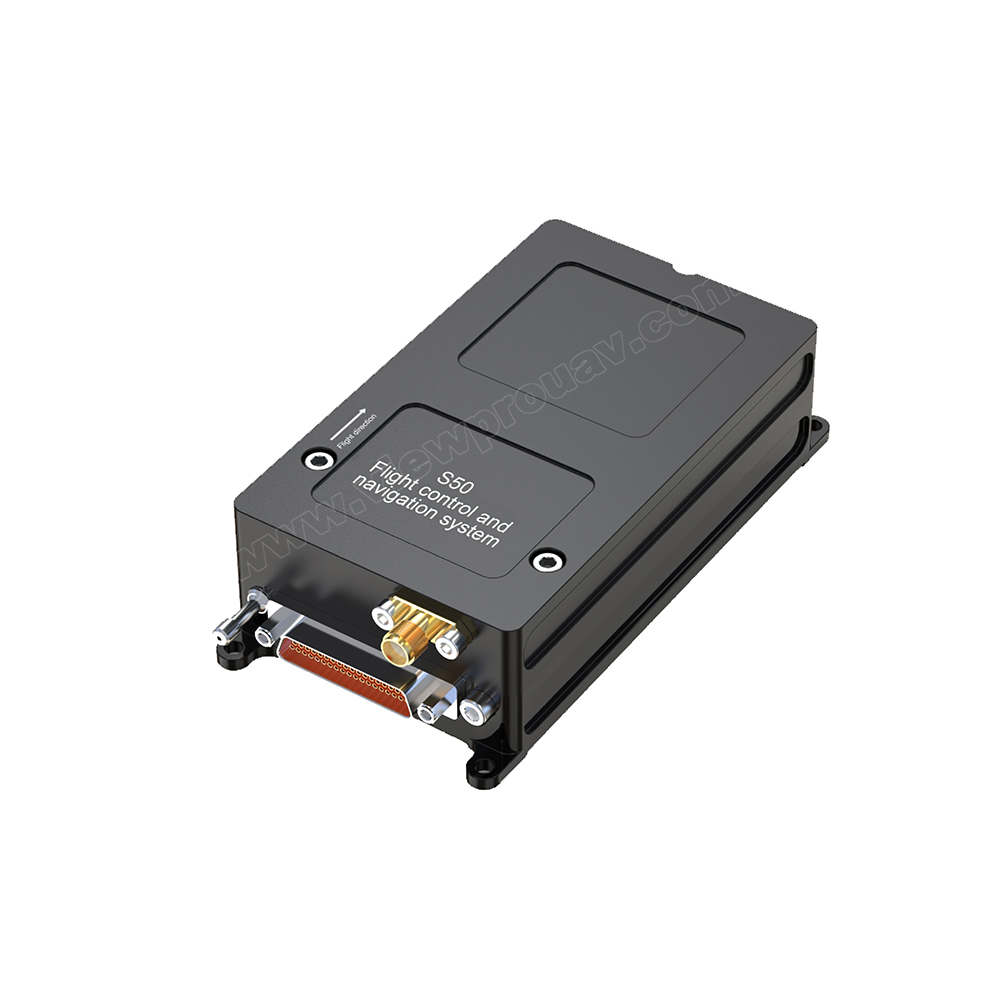Discovering the Duty of Drone Trip Controllers in Enhancing Trip Security and Navigating Effectiveness
The advancement of drone innovation has actually considerably enhanced the significance of flight controllers, which work as the mind of these aerial lorries. By integrating real-time information from a range of sensing units, trip controllers improve flight security and navigating efficiency, ensuring that drones can operate smoothly even in intricate atmospheres. This discussion will certainly explore the vital components that add to these improvements, as well as the implications for the future of independent trip. What developments exist ahead that could even more transform the capabilities of drone trip controllers?

Comprehending Trip Controllers
Trip controllers are integral components in the functioning of drones, acting as the brains that support and manage flight procedures. These advanced gadgets procedure data from different sensors, including accelerometers, gyroscopes, and GPS, to make sure that the drone maintains its desired trip course. The flight controller translates this data and executes commands based on pre-defined formulas, enabling the drone to reply to ecological modifications, such as wind or barriers.
The primary feature of a trip controller is to preserve stability during trip. It achieves this by making real-time modifications to the drone's electric motors and control surface areas, making sure balance and control. In addition, contemporary flight controllers include sophisticated attributes such as waypoint navigating, enabling automated trip paths and boosted operational performance.
Comprehending the style of flight controllers is crucial for both hobbyists and experts. As modern technology breakthroughs, flight controllers have ended up being extra capable and compact, integrating synthetic knowledge to adapt and boost decision-making processes to intricate trip situations.
Trick Components of Trip Stability
Achieving optimum flight security in drones depends on numerous essential components that work in concert to ensure regulated and smooth operations. Central to this security is the flight controller itself, which refines information from different sensors to maintain the desired trip mindset. This includes accelerometers and gyroscopes that measure motion and positioning, permitting real-time changes to the drone's placement.
Another critical element is the digital rate controllers (ESCs), which control the power delivered to the motors. By carefully adjusting motor speeds in response to trip controller commands, ESCs assist preserve equilibrium and neutralize disruptions created by wind or unexpected motions.
In addition, the style of the drone's structure plays a crucial duty in flight stability. A well-structured framework reduces resonances and improves the overall wind resistant account, contributing to smoother trip attributes. The assimilation of sophisticated algorithms within the flight controller aids in anticipating adjustments, ensuring a receptive and versatile flight experience.
With each other, these parts develop a natural system that improves a drone's stability, enabling accurate maneuvering and enhanced efficiency in numerous flight problems.
Navigation Efficiency Methods
Efficiency in navigating is crucial for optimizing drone operations, particularly in complicated atmospheres. Reliable navigation strategies enhance the capability of drones to pass through difficult terrains and stay clear of barriers, thereby enhancing functional performance and safety.
One noticeable strategy is the execution of advanced general practitioners and inertial dimension devices (IMUs) that give accurate location monitoring and alignment data. These innovations allow drones to determine optimal trip courses in real-time, thinking about various variables such as wind problems and prospective obstacles.
An additional technique entails making use of formulas for path planning and optimization. Formulas such as A * and Dijkstra's algorithm can be deployed to identify one of the most efficient course while decreasing power usage and trip time. Moreover, incorporating maker learning designs can make it possible for drones to adaptively find out from their settings, boosting navigating capabilities with experience.

Effect On Autonomous Drones
The combination of sophisticated navigation techniques has greatly changed the capacities of independent drones, enabling them to run with greater autonomy and precision. SparkNavi drone flight controller and GNSS/INS made in taiwan. These enhancements are largely attributed to sophisticated trip controllers that make use of real-time data handling and sensor combination, allowing drones to navigate intricate atmospheres perfectly
The effect on independent drones expands past simple navigating; it includes enhanced obstacle evasion, enhanced security throughout vibrant conditions, and enhanced mission reliability. By leveraging formulas that include maker discovering and fabricated knowledge, drones can adapt to changing circumstances, making educated choices that enhance their flight courses while decreasing dangers.
Additionally, the implementation of durable trip controllers has facilitated the implementation of complicated tasks, such as airborne examinations, shipment services, and farming tracking, with very little human treatment. This ability not only streamlines procedures but additionally minimizes human error, therefore improving overall safety and security.
As an outcome, the operational range of autonomous drones has actually expanded considerably, making them indispensable devices in various markets. Their capability to execute effectively in varied situations underscores the vital role that advanced flight controllers play fit the future of unmanned airborne systems.
Future Trends in Trip Control
Frequently, innovations in flight control a knockout post modern technology are poised to redefine the landscape of drone procedures in the coming years. Emerging trends suggest a significant change towards boosted expert system (AI) assimilation, enabling trip controllers to refine real-time data extra efficiently. This advancement will assist in improved decision-making abilities, enabling drones to adapt to dynamic ecological conditions autonomously.
In addition, the implementation of device understanding algorithms is expected to improve anticipating upkeep, therefore reducing downtime and expanding the lifecycle of drone parts. This proactive method to maintenance will certainly be essential as drone applications expand across various industries, from farming to logistics.

.jpg)
Last but not least, advancements in protected communication procedures will attend to security and governing worries, making certain that drones can run seamlessly in congested airspaces (SparkNavi drone flight controller and GNSS/INS made in taiwan). Collectively, these trends point in the direction of a future where trip control systems are not just smarter and extra likewise capable but efficient of operating securely in a significantly incorporated airspace
Verdict
To conclude, drone flight controllers are important to boosting flight stability and navigating efficiency with the innovative processing of sensing unit data. By keeping optimal flight attitudes and using innovative formulas for path optimization and barrier avoidance, these controllers substantially add to the autonomy and operational security of drones. As modern technology remains to develop, additionally innovations in trip control systems are anticipated, promising go to my blog enhanced efficiency and expanded abilities in the world of unmanned airborne lorries.
By incorporating real-time information from an array of sensors, flight controllers enhance flight stability and navigation performance, making certain that drones can operate smoothly even in complicated atmospheres.Flight controllers are important elements in the performance of drones, serving as the brains that handle and support flight procedures. In addition, modern-day trip controllers integrate innovative functions such as waypoint navigation, allowing for automated trip courses and improved operational efficiency.
Central to this stability is the trip controller itself, which refines data from various sensors to keep the preferred flight attitude.In conclusion, drone trip controllers are important to enhancing trip stability and navigating effectiveness through the innovative handling of sensor information.